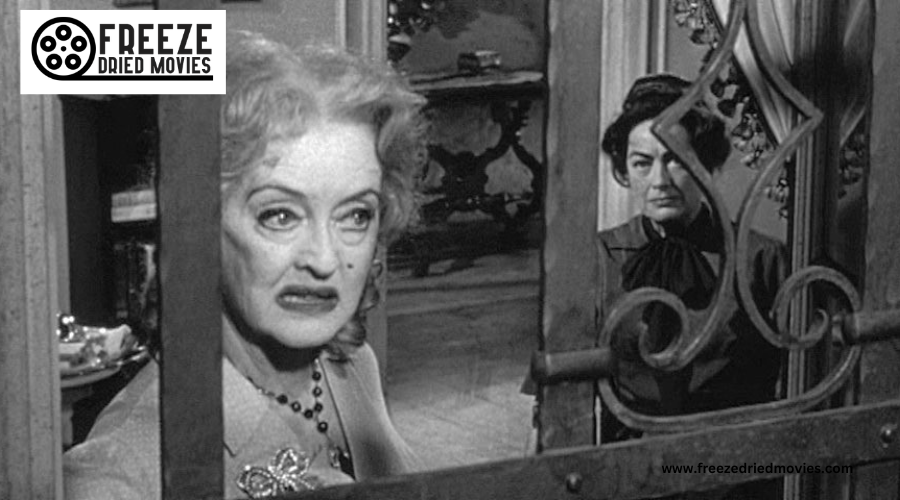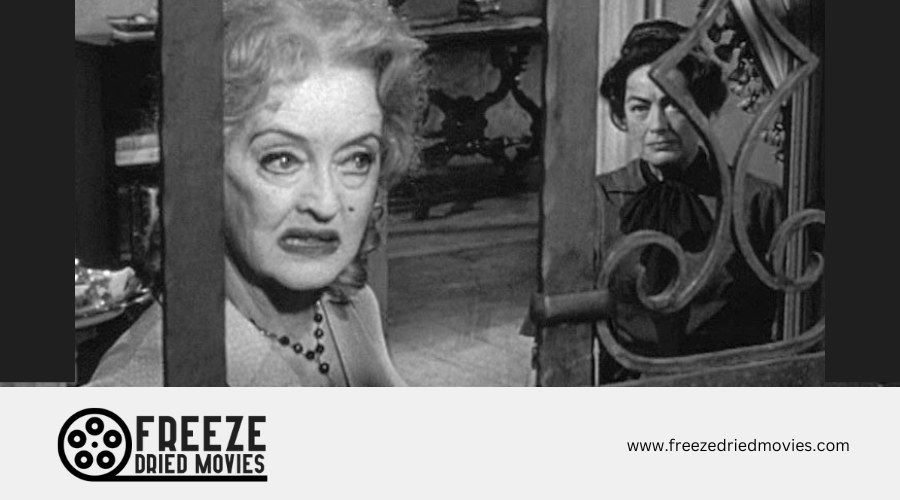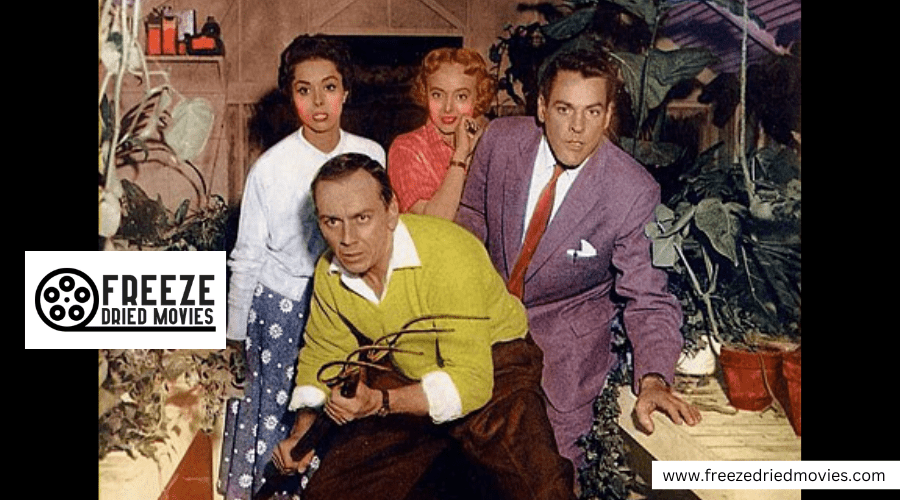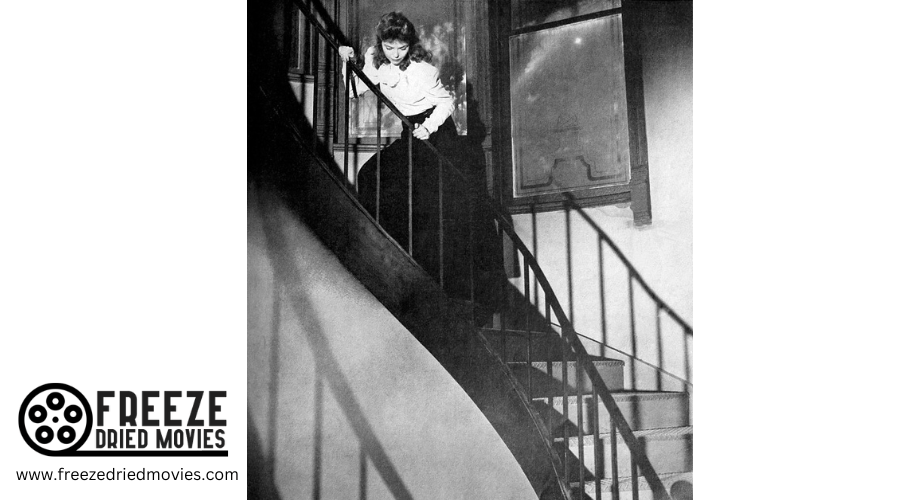Nosferatu 1922: Pioneering Silent Horror Film Turns 102

A Look into Nosferatu
The Film's Origins
In 1922, F.W. Murnau brought Count Orlok to life in "Nosferatu: A Symphony of Horror." The movie drew inspiration from Bram Stoker's "Dracula," but changed names and places to avoid copyright issues. This didn't work - Stoker's widow sued, and many copies were destroyed. Luckily, some survived.
Prana-Film, founded by Albin Grau and Enrico Dieckmann, made the movie. They wanted to use film to share occult ideas. Germany was struggling after World War I, and some people thought ancient wisdom might help. Grau hired experts like writer Henrik Galeen and cameraman Fritz Arno Wagner to help make the film.
The Film Itself
"Nosferatu" is more than just a scary movie. It shows the fears people had in Germany at that time. The film mixes real outdoor scenes with special effects like stop-motion to create a creepy world.
Max Schreck plays Count Orlok, the vampire. His makeup and the way he moves make him truly scary. Sometimes he seems almost human, like when he enjoys watching his guest eat. Other times, he moves in strange, insect-like ways that are very unsettling.
The movie also follows Hutter, a real estate agent, and his wife Ellen. Ellen seems to have a strange connection to the vampire. This adds mystery to the story.
F.W. Murnau, the director, used real places to film many scenes. He shot in Slovakia for Transylvania and in the town of Wismar for the fictional Wisburg. This helped make the movie feel more real, even with its supernatural elements.

The Occult Connection
Albin Grau, who helped make the movie, was interested in the occult. He knew many people who studied magic and secret knowledge. Some think he put hidden meanings in the movie's designs and story. But it's hard to know for sure what occult ideas, if any, made it into the final film.
How People Reacted
When "Nosferatu" came out, it was unlike anything people had seen before. It set many of the rules for vampire movies that came later. The film was praised for its creepy atmosphere and innovative techniques.
Today, "Nosferatu" is seen as a classic. It's been restored and released on Blu-ray, letting new audiences experience its eerie charm. Film buffs and horror fans still watch and discuss it, almost 100 years after it was made.
A Lasting Impact
"Nosferatu" changed how vampires were shown in movies. It introduced ideas like vampires being hurt by sunlight. The film's unique style influenced many horror movies that came after it.
The movie's near-loss and survival add to its legend. It reminds us how fragile early films were and how lucky we are to still have this groundbreaking work of art.




